Last updated: June 28, 2017
Japanese mathematics developed in the Edo period is called Wasan. In Japan, mathematics was already introduced from China during the Asuka period, but it did not become popular. After that, from the Sengoku period to the early Edo period, the need for calculations increased due to the construction of castles, construction of civil engineering works, land surveys, and economic development. Wasan develops based on this influence. The mathematician who can be called the founder of Wasan, which developed during the Edo period, was Seki Takakazu. Wasan, invented by Takakazu Seki, became popular in the early Edo period and was called Seki-ryu Wasan.
In the Inagi region, Yuzo Omata is famous as a leader of Seki-ryu Wasan during the Meiji period. Yuzo Omata was born on October 4, 1840, in Yanoguchi Village. Although he had been studying arithmetic since he was young, he felt the limits of self-study, so in 1877 he went to Tokyo to study, and was named Fukuda Riken (Juntendo). He learned the Seki school of Wasan from the Wasan school (Juntendo Kyugosha). Around the time of this trip to Tokyo, he began teaching Wasan in Yanoguchi Village, and it is said that he had many disciples from all walks of life. His disciples also dedicate sangaku to Anazawa Tenjin Shrine (Yanoguchi, Inagi City) and Okunitama Shrine (Fuchu City). In 1855, he wrote ``Mathematical Illustrations''. These accomplishments of Yuzo Omata are recognized by a memorial monument called ``Omata Kunjuhi,'' which was erected by his disciples on the grounds of Anazawa Tenjin Shrine in July 1897. ) can be used to find out.
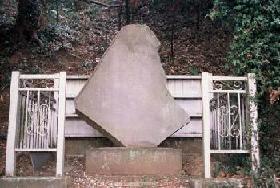
Omata Kimiju Monument (Anazawaten Shrine)
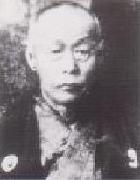
Yuzo Omata in his later years
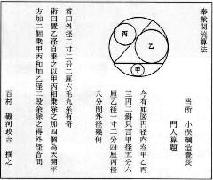
The first question of the calculation tablet of Anazawa Tenjin Shrine
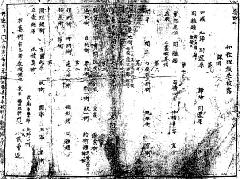
Wasan professor/student recruitment leaflet
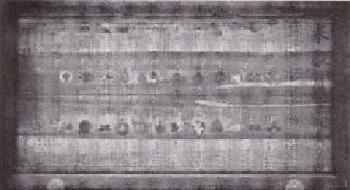
Sangaku dedicated to Okunitama Shrine
Inagi City Education Department Lifelong Learning Division Tel: 042-377-2121